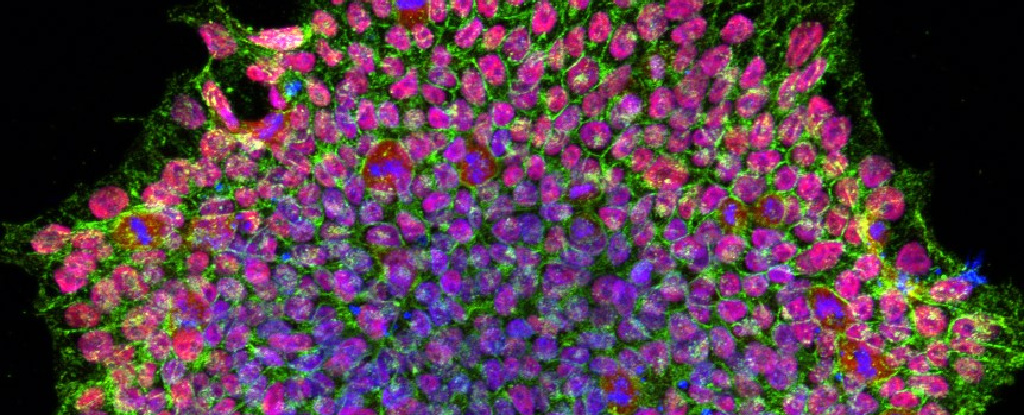Science Alert August 30, 2023
The epigenomes of hiPS cells and human embryonic stem (hES) cells differ significantly, which affects hiPS cell function. An international team of researchers (Australia, UK, Singapore) found that reprogramming-induced epigenetic aberrations to emerge midway through primed reprogramming, whereas DNA demethylation begins early in naive reprogramming. Using this they developed a transient-naive-treatment (TNT) reprogramming strategy that emulated the embryonic epigenetic reset. They showed that the epigenetic memory in hiPS cells is concentrated in cell of origin-dependent repressive chromatin. TNT reprogramming reconfigured these domains to a hES cell-like state and did not disrupt genomic imprinting correcting epigenetic memory and aberrations, producing hiPS cells that were molecularly and functionally more like hES cells than conventional hiPS cells. The researchers foresee TNT reprogramming becoming a new standard for biomedical and therapeutic applications and providing a novel system for studying epigenetic memory… read more. Open Access TECHNICAL ARTICLE

A cluster of human induced pluripotent stem cells. Credit: National Eye Institute/NIH